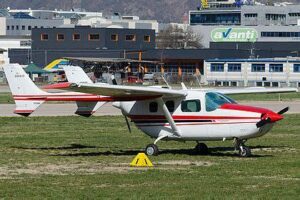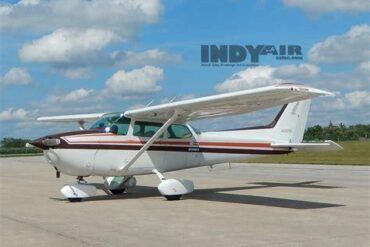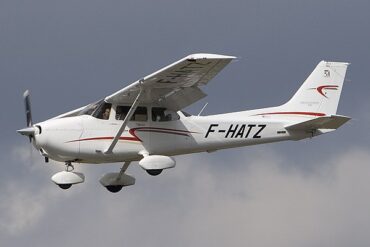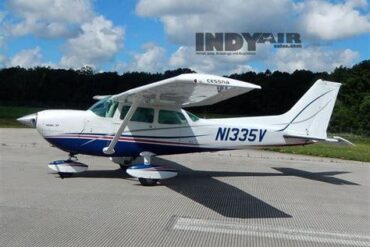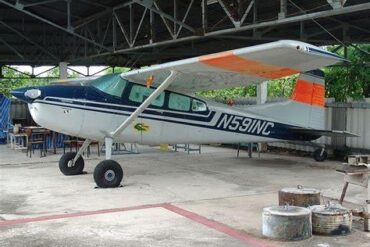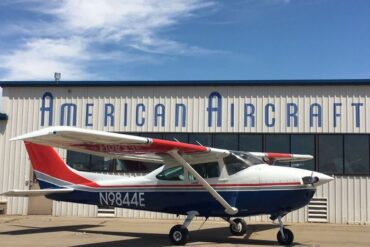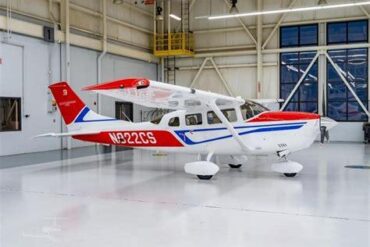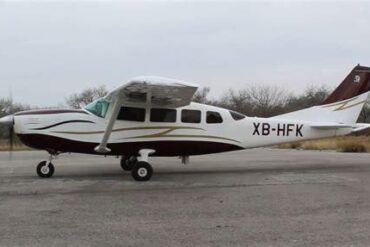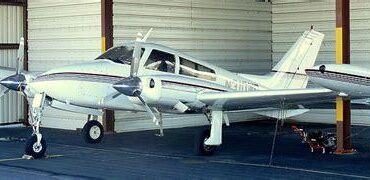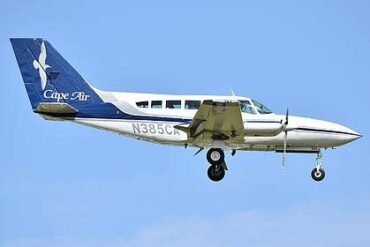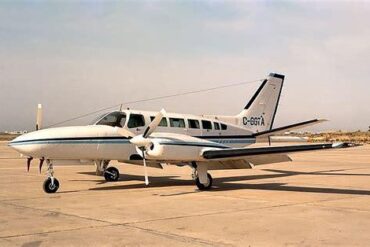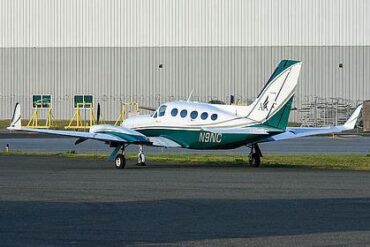The Cessna 337H, often referred to as the Super Skymaster, is a unique aircraft known for its twin-engine configuration, which provides enhanced performance and reliability. In this article, we will explore the various aspects of purchasing and operating a Cessna 337H, focusing on its price and operating costs. Understanding these factors is crucial for potential buyers and operators who seek to maximize the value of their investment.
Overview of the Cessna 337H
The Cessna 337H was introduced in the late 1960s as an advancement over the earlier models of the Skymaster series. This aircraft is particularly notable for its push-pull engine configuration, where one engine is mounted in the front and the other in the rear. This design offers several advantages, including improved stability, reduced drag, and better performance in various flight conditions.
Specifications
The Cessna 337H comes equipped with a variety of features that enhance its utility:
-
Capacity: Typically seats six people, including the pilot, making it suitable for both personal and business travel.
-
Engine: Powered by two Lycoming O-360 engines, each producing approximately 180 horsepower.
-
Cruise Speed: Capable of cruising at speeds around 150 knots.
-
Range: Offers a range of approximately 600 nautical miles, allowing for medium-range flights.
-
Useful Load: The useful load is around 1,500 pounds, accommodating passengers and cargo efficiently.
Current Market Price of the Cessna 337H
When considering the purchase of a Cessna 337H, it is essential to examine the current market price. Prices for this aircraft can vary significantly based on several factors, including condition, age, total flight hours, and installed equipment.
Average Purchase Price
As of 2024, the average market price for a used Cessna 337H ranges from $80,000 to $150,000. Here are some key factors that influence pricing:
-
Age of the Aircraft: Older models may cost less, but newer aircraft tend to have more advanced avionics and engines, which can justify a higher price.
-
Condition: A well-maintained aircraft with a comprehensive maintenance history and no major repairs will command a higher price.
-
Modifications and Upgrades: Aircraft with upgraded avionics, autopilot systems, or interior refurbishments can see a significant increase in value.
Factors Affecting Pricing
-
Location: Prices can fluctuate based on geographical demand. Regions with higher demand for general aviation may see higher prices.
-
Flight Hours: Aircraft with lower total flight hours are generally more desirable and priced accordingly.
-
Market Trends: Economic conditions and trends in general aviation can impact aircraft prices.
Operating Costs of the Cessna 337H
Understanding the operating costs associated with the Cessna 337H is crucial for budgeting and financial planning. Operating costs encompass a range of expenses, including fuel, maintenance, insurance, and pilot salaries (if applicable).
1. Fuel Costs
Fuel is one of the most significant ongoing expenses for any aircraft owner. The Cessna 337H has a fuel burn rate of approximately 12 to 14 gallons per hour when cruising at normal power settings.
- Fuel Price: Assuming an average fuel price of $5.00 per gallon, the hourly fuel cost would be approximately $60 to $70. This translates to annual fuel costs ranging from $7,200 to $8,400 based on an average of 120 flight hours per year.
2. Maintenance Costs
Regular maintenance is essential to keep the Cessna 337H in optimal flying condition. Maintenance costs can vary widely based on usage, but on average, owners can expect to spend between $5,000 and $10,000 annually on maintenance. Here are some breakdowns of potential maintenance costs:
| Type of Maintenance | Estimated Cost |
|---|---|
| Annual Inspection | $1,500 – $2,500 |
| Routine Maintenance | $2,000 – $4,000 |
| Engine Overhaul (Every 1,500 hours) | $20,000 – $30,000 |
| Airframe Repairs | $1,000 – $3,000 |
3. Insurance Costs
Insurance is another critical component of operating costs. The annual insurance premium for a Cessna 337H typically ranges from $1,500 to $3,000, depending on factors such as:
-
Pilot Experience: More experienced pilots may benefit from lower premiums.
-
Aircraft Value: Higher-value aircraft generally incur higher insurance costs.
-
Coverage Type: Comprehensive coverage will typically be more expensive than liability-only policies.
4. Hangar and Storage Costs
Securing hangar space for the Cessna 337H is another essential expense. Hangar rental rates can vary based on location but typically range from $300 to $1,000 per month. Annual storage costs can therefore range from $3,600 to $12,000.
5. Miscellaneous Operating Costs
Additional costs may include:
-
Pilot Salaries: If hiring a pilot, expect to pay between $50,000 and $100,000 annually, depending on experience and hours flown.
-
Landing Fees: Varying by airport, these can add another $1,000 to $3,000 per year.
-
Navigation and Communication Fees: Budgeting around $500 to $1,000 annually for subscriptions and fees associated with navigation services.
Total Estimated Operating Costs
Combining all the aforementioned factors, the total annual operating costs for the Cessna 337H can be estimated as follows:
| Cost Category | Estimated Annual Cost |
|---|---|
| Fuel | $7,200 – $8,400 |
| Maintenance | $5,000 – $10,000 |
| Insurance | $1,500 – $3,000 |
| Hangar/Storage | $3,600 – $12,000 |
| Miscellaneous | $1,500 – $5,000 |
| Total | $18,800 – $38,400 |
Conclusion
In summary, purchasing and operating a Cessna 337H involves careful consideration of both purchase price and ongoing operating costs. With an average market price ranging from $80,000 to $150,000 and annual operating costs that can vary between $18,800 and $38,400, potential buyers should conduct thorough research and budgeting. This aircraft offers unique performance capabilities that can justify the investment for many aviation enthusiasts and business operators alike.
By understanding these costs, we empower prospective owners to make informed decisions that align with their aviation goals.
